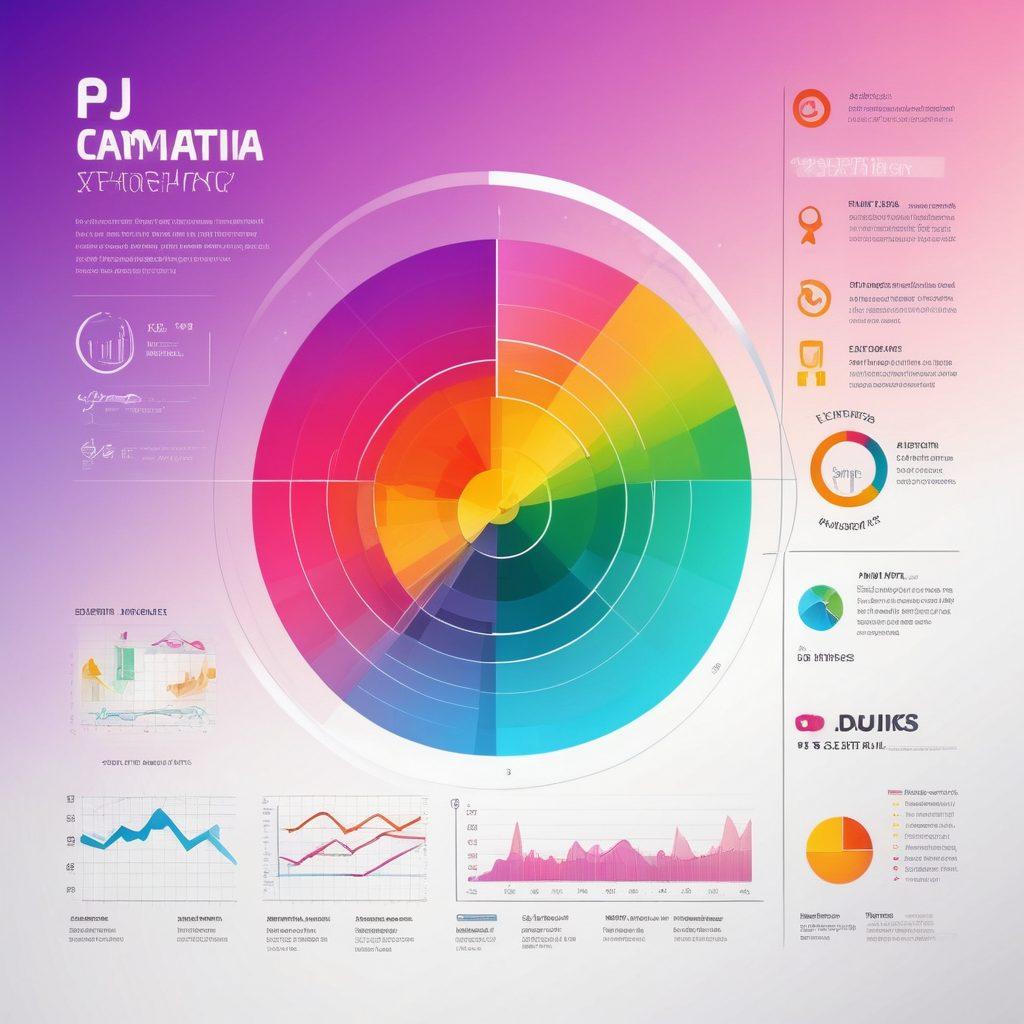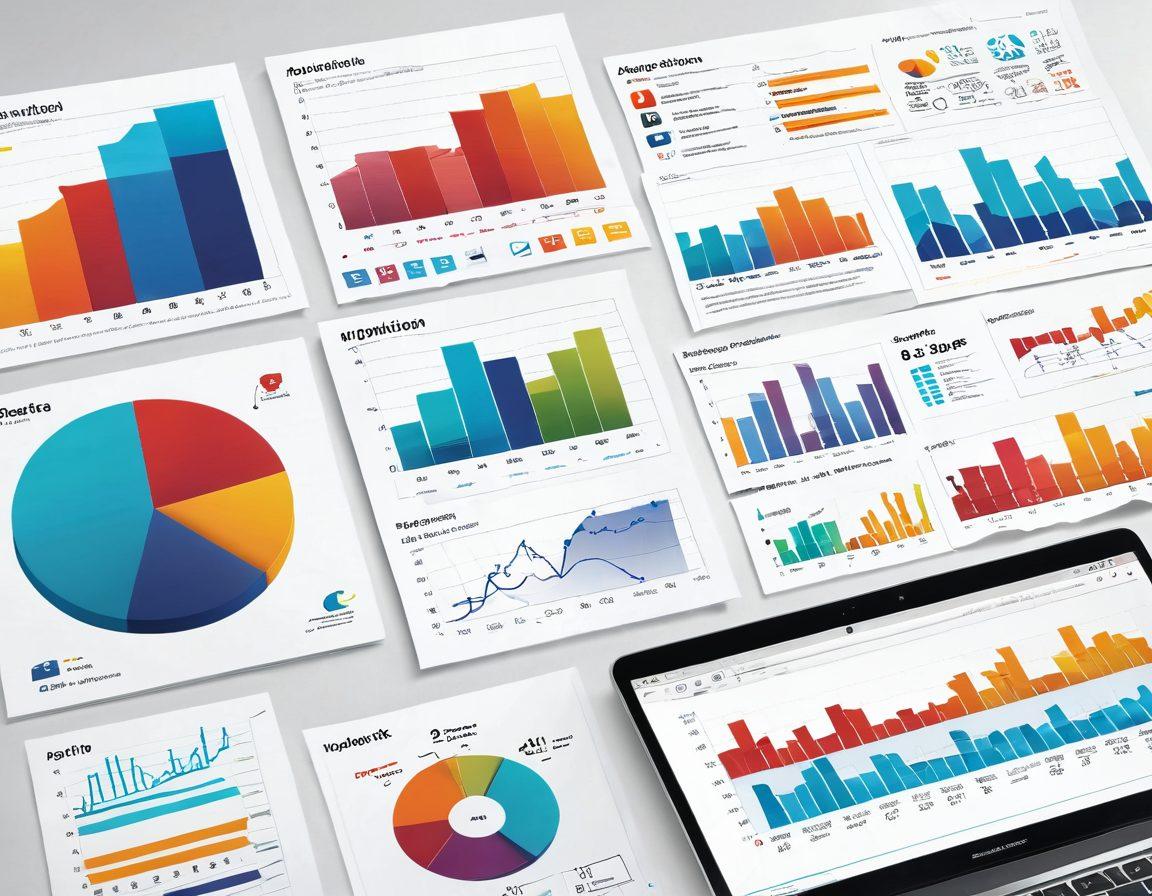Mastering Data Visualization: The Power of the Y-Axis in Graphs and Charts
In an era where data-driven decisions reign supreme, understanding the intricacies of data visualization becomes essential. Ever wondered how a simple line in a graph can speak volumes? The magic often lies in the Y-axis—the unsung hero of data representation. The Y-axis, or vertical axis, plays a pivotal role not only by displaying quantitative data but also by unveiling deeper insights during data analysis. As we delve into this topic, let’s unlock the transformative power of the Y-axis and discover how it can elevate your graphic representation to new heights.
Imagine you're staring at a chart representing quarterly sales growth. If the Y-axis is scaled poorly, you might miss the fact that sales have actually doubled! The Y-axis gives context and meaning to the numbers that dance across our graphs and charts. It is the coordinate axis that can help differentiate a steady increase from a meteoric rise. So, what happens when we manipulate this mathematical axis? With a few tweaks, the same data can tell an entirely different story, leading us to ask: Are we really seeing the full picture?
The importance of a well-structured Y-axis cannot be overstated. We can think of it as the backbone of our data visualization. A thoughtfully designed Y-coordinate allows for clearer interpretation of trends and outliers, especially when dealing with performance metrics or statistics. It's like crafting a compelling narrative; supporting characters must be as strong as the protagonist. When the Y-axis is optimized, it supports the overall story of your data, making it relatable and actionable for your audience.
Have you ever come across a graph that left you bewildered rather than enlightened? Often, it’s due to a poorly defined Y-axis. By ensuring the range and labeling of the Y-axis are appropriate for the data being plotted, we can enhance our visual data representation. For instance, if we are comparing revenue over the years, a logarithmic scale could benefit the readability and reveal subtle changes. Asking ourselves what we want our audience to take away from the data can guide how we shape our Y-axis accordingly. What message are we truly trying to convey?
In conclusion, mastering data visualization hinges significantly on our understanding of the Y-axis. This vertical axis is not just a simple line on a graph; it is a powerful tool that can help transform dull statistics into inspiring narratives. Whether you're crafting a basic chart or an elaborate infographic, appreciating the nuances of the Y-axis will allow for a more engaging presentation of quantitative data. As we continue to innovate in the realm of data plotting, let us not forget that the way we represent data could be the difference between clarity and confusion. So, ready to refine your graphs and charts? The power of the Y-axis awaits!
Vertical Axis Dynamics: Elevating Your Charts for Maximum Impact
When it comes to data visualization, the first thing that often springs to mind is the vibrant colors of a pie chart or the intricate lines of a line graph. Yet, nestled quietly in these visualizations is a powerhouse that often doesn’t get the respect it deserves: the Y-axis. Yes, the vertical axis plays a pivotal role in ensuring your data effectively communicates its story. Whether you’re displaying performance metrics or showcasing quantitative data, the Y-axis is essential in crafting a compelling narrative. Have you ever wondered how the dynamism of the Y-axis can elevate your charts and graphs for maximum impact?
Imagine a bar chart illustrating a company's yearly sales. If the Y-coordinate is not scaled properly, you could mistakenly think that profits doubled when they merely increased by a few thousand dollars! Such is the power of the Y-axis; it can make or break the understanding of your graphic representation. Properly utilizing the vertical axis can transform a misleading presentation into a clear story of success or struggle. As we dive deeper into the world of vertical axis dynamics, think about how you plot your data. Are you telling the right story with your graphs?
Clarity is king — or should I say queen? One of the fundamental rules of data visualization is to ensure that every element serves a purpose. The Y-axis is where many fail but is crucial for optimizing data analysis. An effective graph axis does more than just “hold” data; it contextualizes and organizes it. By using clear labeling and a well-thought-out scale, you guide your audience through the story you want to convey. This leads us to an essential question: Is your Y-axis working as a robust framework for your data, or is it merely a shadow behind the colorful trends and statistics?
While it’s tempting to create visually stunning graphs laden with color, bold titles, or fancy backgrounds, remember that aesthetic appeal should not overshadow accuracy. The true art of data visualization lies in uniting beauty with precision, especially when it comes to your Y-axis. Think of the Y-axis as the stages of a play. If the stages (or the vertical axis) are cluttered or poorly constructed, the performance (or the data) falters. Successful data plotting hinges upon this structure. Are you giving your audience a stage that allows them to appreciate the intricate performances of your data?
Ultimately, mastering the Y-axis is about empowerment—both for you as the creator and for your audience. When done correctly, your data visualization becomes an intuitive tool that aids rather than confuses. It distills complex information into digestible insights, making it easier for stakeholders or followers to grasp critical performance metrics. So, the next time you embark on a data analysis journey, turn to the vertical axis, challenge yourself to think creatively about its dynamics, and unleash its power to elevate your charts. After all, a well-crafted Y-axis may be the key to unlocking the full potential of your data!
From Data to Decisions: Navigating the Y-Axis in Graphs and Charts
In the world of data visualization, one often overlooked aspect is the power of the Y-axis—the vertical axis that can be pivotal in transforming numbers into insights. Have you ever gazed at a graph and felt lost, unsure of what the data was really telling you? That experience can often be traced back to how the Y-axis is structured and presented. Navigating through a well-designed graph can reveal stories hidden in the statistics; it can turn mere quantitative data into actionable intelligence, leading to smarter decisions.
Imagine walking through a gallery of graphs and charts, each telling a unique story. The Y-axis is like a guiding compass in this visual journey. It's where the Y-coordinate takes shape, representing the values that define everything from performance metrics to market trends. But, just like any good story, how you set the stage matters. A misaligned Y-axis or unclear scale can leave your audience scratching their heads instead of gleaning insights. Did you know that a misleading Y-axis can alter perceptions drastically? For instance, truncating the graph's range can exaggerate trends—something to watch out for in data analysis!
Consider the classic example of a bar chart displaying annual earnings. If the Y-axis starts at 50,000 instead of zero, two bars that might look drastically different can actually portray the same data point—an eye-opening reminder of how graphic representation can shape our understanding of reality. So how can we ensure that our Y-axis promotes clarity instead of confusion? Begin with a consistent scale, and don't shy away from labeling each increment clearly. Engaging your audience starts here; a well-labeled Y-axis can transform a complex dataset into straightforward narratives—making data plotting not just informative, but also intriguing!
Statistics can feel overwhelming, especially when buried under layers of complex graphs. But the right Y-axis can simplify things and enhance the visual data representation. Have you ever thought about how a clear Y-axis could streamline meetings or presentations? Each graph should act as a window into possible business decisions, driving discussions around strategy rather than getting bogged down in numbers. Think about presenting your sales data; the way you balance your Y-axis can highlight key performance metrics, allowing stakeholders to instantly grasp the story behind the data.
As we delve deeper into mastering data visualization, remember that the Y-axis is more than just a mathematical axis—it is a tool for storytelling. A plotted graph becomes a conversation starter, leading audiences to reflect, question, and derive meaning. The next time you create a graph or chart, ask yourself: what story am I telling? How does the placement and scaling of my Y-Axis enhance or hinder that narrative? Empower your data with a well-constructed vertical axis, and elevate your storytelling game in the process.


